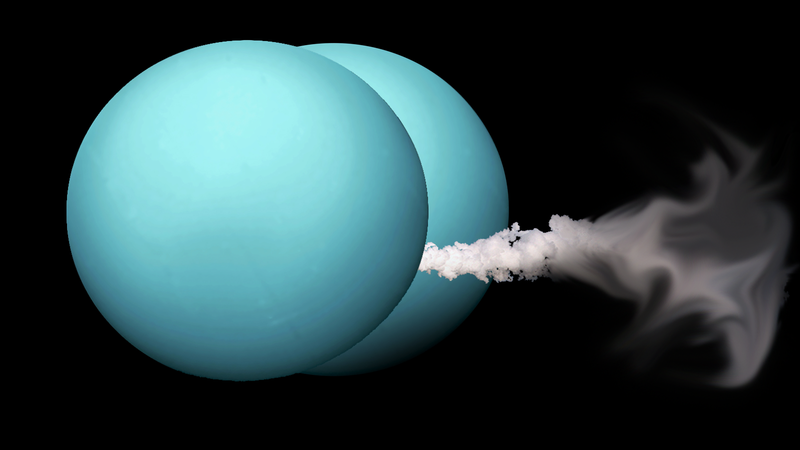Seasons
and weather events are not an exclusive feature of Earth. Many objects in our
Solar System experience changes as they move around the Sun and while seasons
last for months on Earth, on other planets they can last decades. Space probes
and the Hubble Space Telescope have kept an eye on the planets and the
telescope has recently discovered some new features of Uranus and Neptune.
In
observations collected over the last few years, Hubble has expanded our
knowledge of Uranus’ polar vortex and discovered a new dark storm on Neptune.
These interplanetary weather forecasts are part of the Outer Planet Atmospheres
Legacy (OPAL), a long-term project that hopes to understand the decades-long
changes on these two ice giant planets.
Uranus’
polar vortex looks like a vast bright cloud that covers most of the planet’s
north pole. Planetary scientists believe that this unique feature formed as a
result of the extreme tilt of the planet. Due to a colossal impact, the planet
rotates almost on its side. And for this reason, during Uranus' summer, the Sun
shines almost directly over the north pole, without ever setting. The planet is
now getting into mid-summer and the polar cap is becoming more prominent, a
strong indicator of seasonal variation.
Uranus
also sports a compact methane-ice cloud, visible near the edge of the polar
cap, and a thin band of clouds just north of the equator. It is unclear how
such features persist given the strong winds present on both Uranus and
Neptune.
Learn
more here.

